In general, the hibiscus flower symbolizes natural beauty. However, it can also indicate a lot of things depending on its color.
Specifically, pink hibiscuses represent family and spiritual love. Attractive bright red varieties of the flower signify romantic love and devotion.
Eye-catching yellow ones mean wealth and good luck, and white blooms, of course, stand for beauty, femininity, purity, and innocence.
Besides its array of meanings, there’s more to discover about this bloom, such as its genus, history, care requirements, and more. Let’s now delve more into hibiscus flowers in this guide.
About Hibiscus Flowers
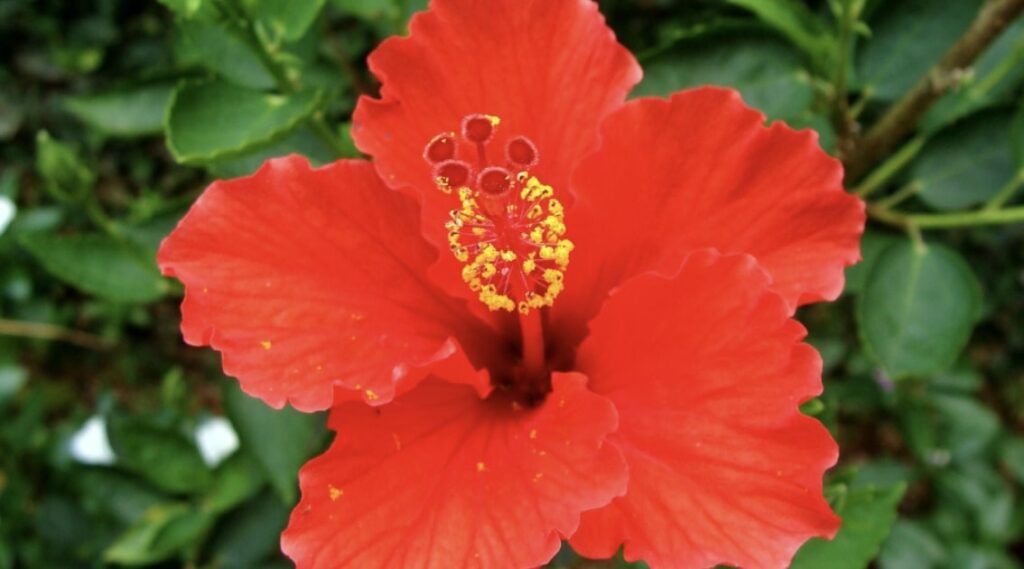

The lovely hibiscus flower belongs to the genus Hibiscus and comes from the extensive mallow family, Malvaceae.
Sweet marshmallows, which people love as a snack treat during camp nights, are the byproduct of the mallow plant. Not only that, but cocoa, okra, and cotton are also part of the same family.
The genus Hibiscus comprises several hundred varieties of mallow herbs, shrubs, and trees. Exactly 22 species of wild hibiscuses grow in the Continental US.
Hibiscus flowers are native to many regions worldwide, including those with tropical, subtropical, and temperate climates.
It can be grown as either a perennial or annual plant in borders, potteries, or hanging baskets. Their incredible beauty makes them popular for adding color and appeal to one’s home.
Hibiscus Plant Description
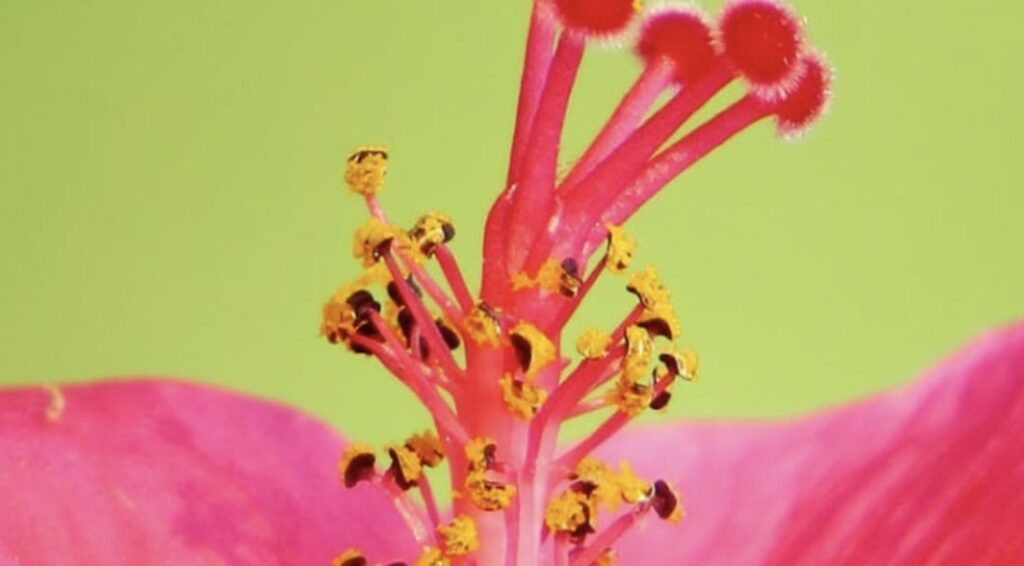

Its distinguishing mark is having large, conspicuous, bell-shaped blossoms. Each hibiscus has five or more petals and ranges from 4 to 15 centimeters across.
Its leaves are oval or lance-shaped and differ in shades of green on the upper and lower surfaces. Usually, the upper surface sports a brighter green color than the lower.
In the middle of the flower are bright-colored parts which are its sexual organs, pistils and stamens. It can bear fruit in the form of a dry lobed capsule that splits open when ripe.
Furthermore, colors vary among hibiscuses, and these can be pink, purple, red, yellow, white, peach, and blue.
Hibiscus Word Etymology
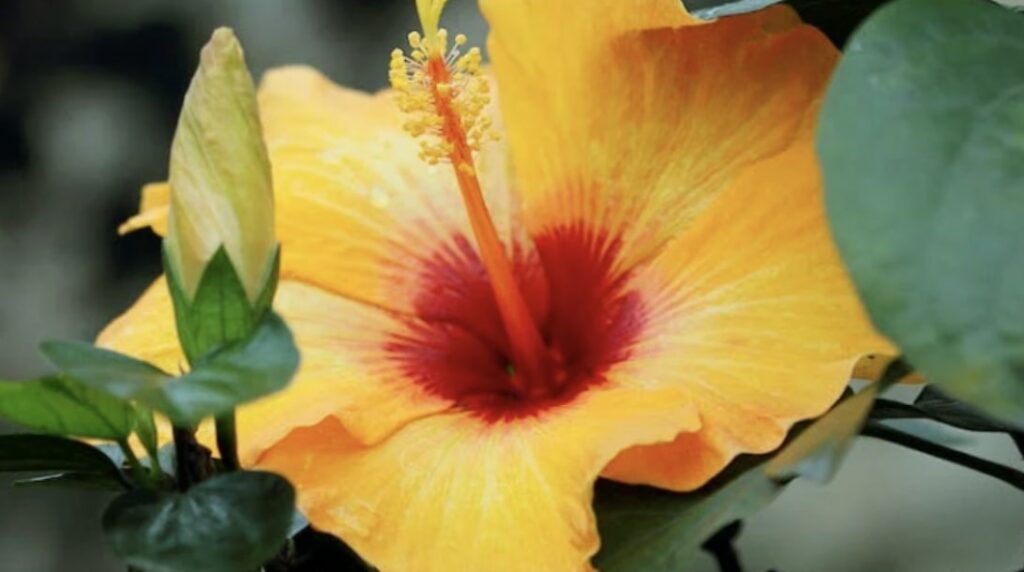

The Latin word hibiscus evolved from the Greek word hibiskos. Hibiskos pertained to mallow plants, which is the family it belongs to.
The modern flower name was coined by Roman writer and botanist Pedanius Dioscorides when he identified both the mallow and hibiscus plants.
The Meaning & Symbolism of Hibiscus
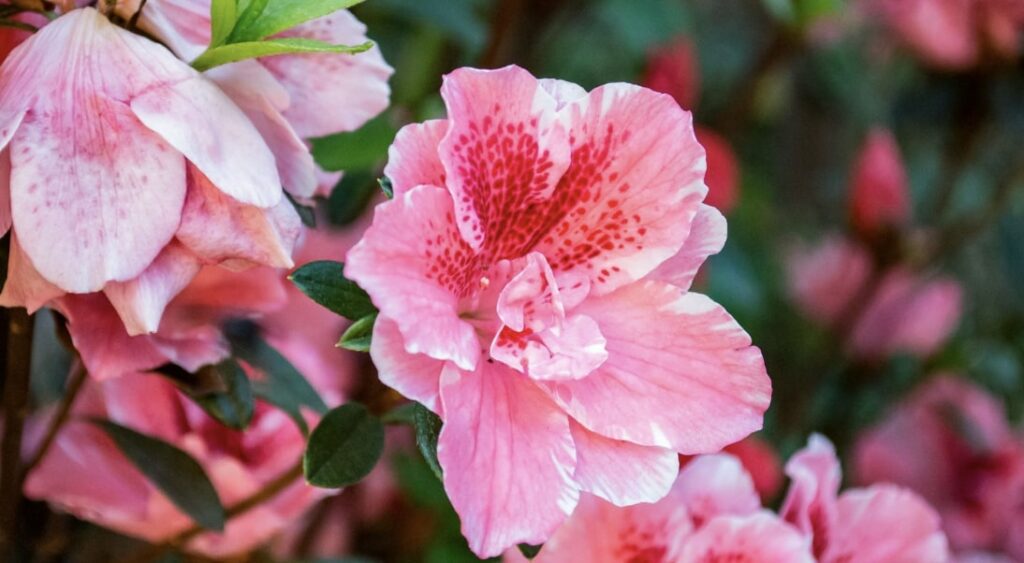

Although the meaning of hibiscus flowers differs by culture, there are three common ones:
- Refined Beauty
Refined beauty was first associated with the hibiscus during the Victorian era. If you were to gift a hibiscus bouquet to someone then, it meant acknowledging their beauty.
- Femininity/Finding the Perfect Partner
Hibiscus is traditionally worn by Hawaii and Tahitian women. It’s a symbol of femininity in both cultures.
What’s more, custom dictates that if a girl wears it on the left ear, it shows that she’s married or in a relationship. If she wears it on the right, that can mean she’s actively looking for a partner.
- Temporal Beauty, Glory, or Fame
In Chinese culture, the hibiscus is considered to be a symbol of the fleetingness of looks, fame, and glory.
This belief most certainly stemmed from the fact that cut or vase hibiscuses last only for a short time as opposed to other flowers.
Hibiscus Flower Meanings by Color
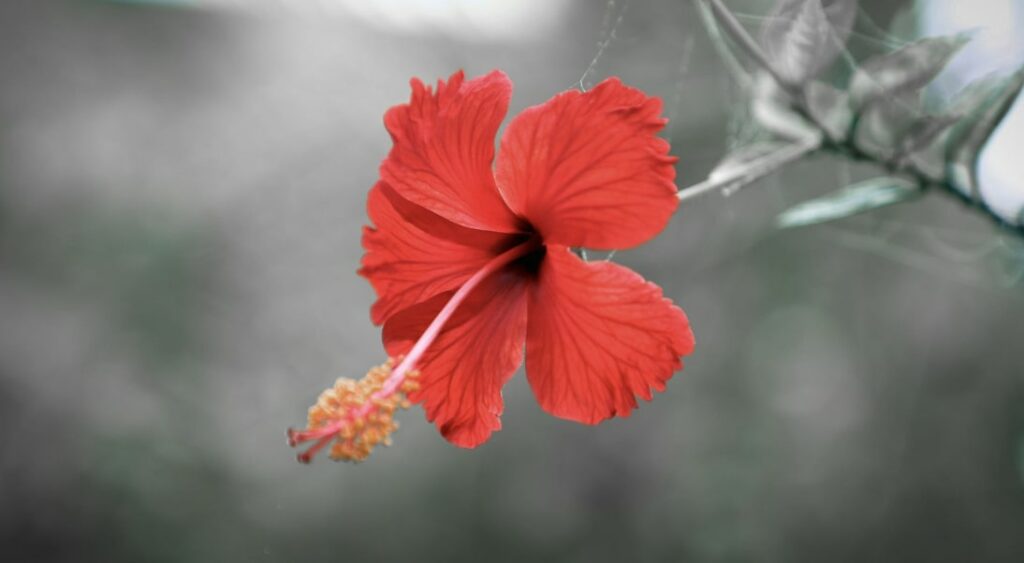

Although we discussed this a bit earlier, allow us to elaborate on the flower meaning of hibiscuses by color.
- White Hibiscus
Most people associate white hibiscuses with purity and innocence. However, in other cultures, they’re also taken to mean beauty, femininity, and women.
- Red Hibiscus
Similar to roses, red hibiscuses represent strong passion and love. Giving one is a good gesture to rekindle a love that has waned in time and restore courtly romance and youthfulness.
- Yellow Hibiscus
Yellow hibiscuses are wonderful to see because they suggest a cheery and positive countenance. And so, positivity and joy are two of the meanings associated with them.
The others are wealth and good luck. This is rightly so because a good, joyful mindset and actions most often lead to great results whether that be in your personal or professional life.
- Pink Hibiscus
Pink hibiscuses are very common and beautiful. They express that you care and love the receiver, mostly in a non-romantic way.
But if you’re professing your love for the first time or saying you miss the person, pink hibiscuses perfectly convey that too.
- Purple Hibiscus
Indeed, purple hibiscus is a great color. They’re emblematic of wisdom, knowledge, bravery, and nobility.
And others express mystery with the color purple. It gives off profundity and inspires terrifying awe.
Hibiscus in Greek Mythology
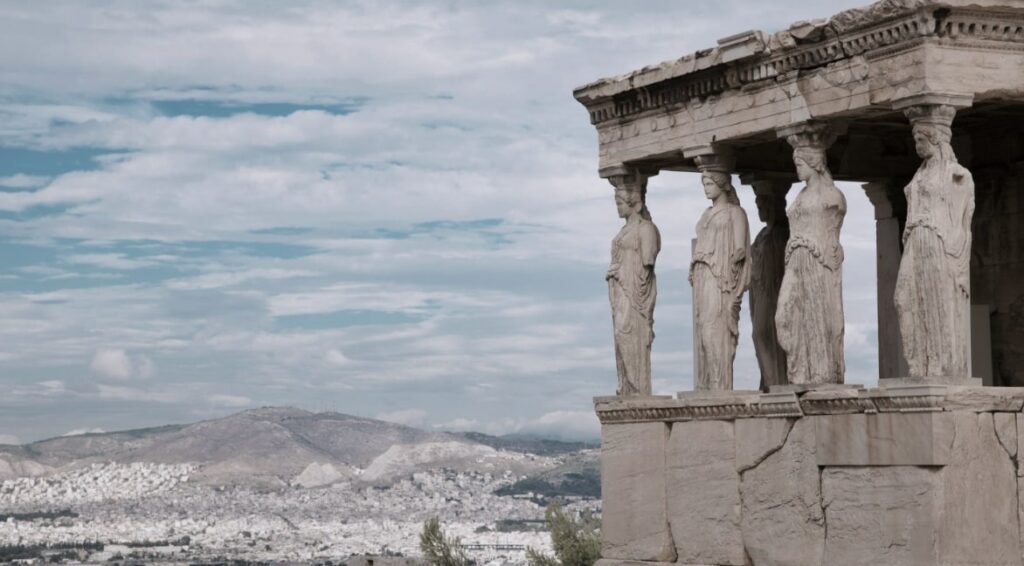

In Greek mythology, hibiscus is a symbol of the love and attraction between Adonis, the god of love and desire, and Aphrodite, the goddess of sexual love and beauty.
One version of the tale relating to the flower says that Adonis was turned into a hibiscus when he tried to stop the goddesses Persephone and Aphrodite from quarreling with each other.
Hibiscus in Hindu Mythology
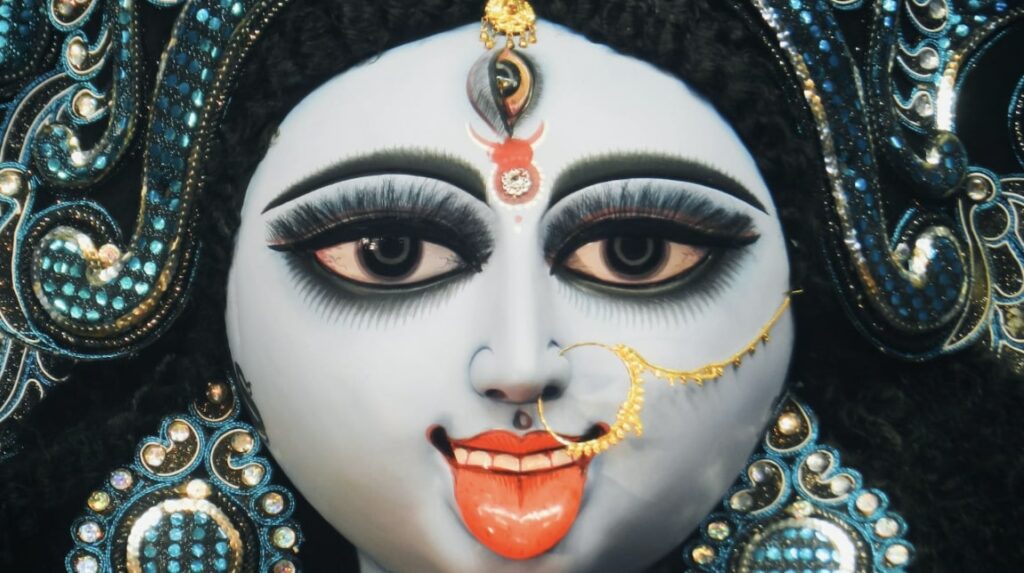

The hibiscus has a deep and significant meaning in Hinduism as well. Red hibiscus, in particular, represents the supreme Hindu goddess of life, death, change, and time, Kali.
Hindu people present red hibiscuses as offerings to Kali as a symbol of her divine power and consciousness.
Plus, many artworks depict Kali as emerging from a large hibiscus blossom and a more ruthless Kali standing on Shiva’s chest while being surrounded by the flowers.
Hibiscus as the National Flower


Many countries have chosen the hibiscus flower to represent them. Among them are Hawaii, Malaysia, and South Korea.
- Hawaii
In the 1920s, Hawaii declared all kinds and colors of hibiscuses to be their territorial flower. But it took more than six decades—in 1988—before the yellow hibiscus was officially made their state flower.
- Malaysia
Likewise, the hibiscus or bunga raya (aptly translating to “large flower”) is the national flower of Malaysia, and it was chosen because it’s a good emblem of their philosophy of inclusion.
They see the five petals of the red hibiscus as the unity of different races and ethnic groups living in the country: Malays, Chinese, Indians, and more.
- South Korea
The Rose of Sharon hibiscus or mugunghwa hibiscus is South Korea’s national flower. Architects there also design buildings inspired by this flower, such as the Seoul Botanic Garden.
The hibiscus was also significant in two of their dynasties. One is the Silla Kingdom of 57 BC to 935 AD, calling itself the Mugunghwa Country, and the other is the Joseon Dynasty of 1392 to 1910.
The Medicinal Uses of the Hibiscus Flower
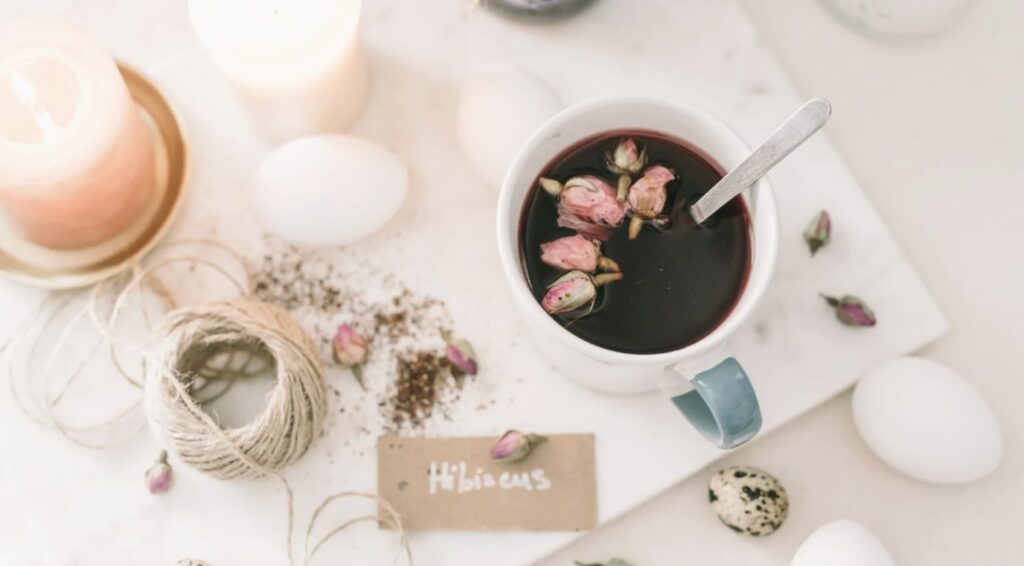

The hibiscus and its leaves have been traditionally used as medicine in the form of tea (most commonly with H. sabdariffa), supplements, tinctures, and dried blossoms and leaves.
As the flower is grown in all parts of the globe, lots of countries use it as medicine even up to now.
It’s believed to be able to cure everything from the common cold to heart ailments. A few of the illnesses it can purportedly treat are fever, hypertension, and Type 1 and Type 2 diabetes.
For those with a receding hairline or a balding head, using the hibiscus flower except for its pollen can stimulate the dormant hair follicles for hair growth as well as prevent dryness and dandruff.
Hibiscus tea is also used in Iran to combat high blood pressure, which is backed by scientific claims. The flower is used in Africa too in order to treat sore throat, high fever, and heart disease.
Not only that, but the fragrant tea can also aid in weight loss and stave off obesity in people. In fact, a study found that patients had less body fat and weight after 12 weeks of drinking it.
Adding to its list of benefits: hibiscus is proven to have anthocyanins (a type of plant pigment) that can help prevent or treat cancer, particularly skin or breast cancer.
Food Uses of the Hibiscus Flower
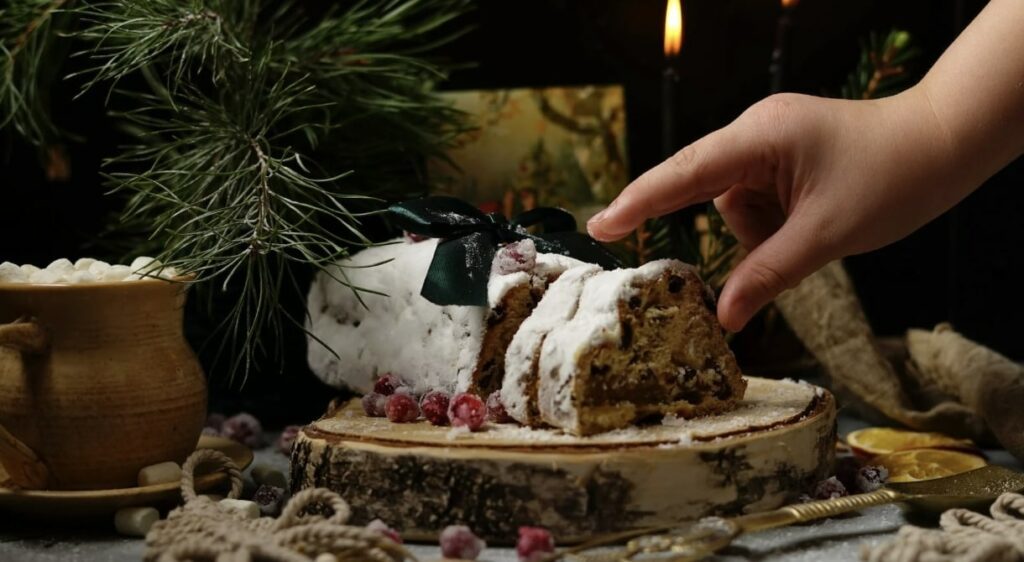

Other than medicine, hibiscus flowers are widely used for making healthy and tasty beverages and desserts.
Hibiscus sabdariffa or roselle is used to brew hot or cold tea in many countries. Only the name differs: it’s called sorrel in the West Indies, orhul in India, karkade in Egypt, and Agua de Jamaica in Central America and Mexico.
Also, people from the Philippines and Mexico use the very same hibiscus variety to make nutritious natural and herbal cakes and desserts.
How to Care for Fresh-Cut Hibiscus Flowers
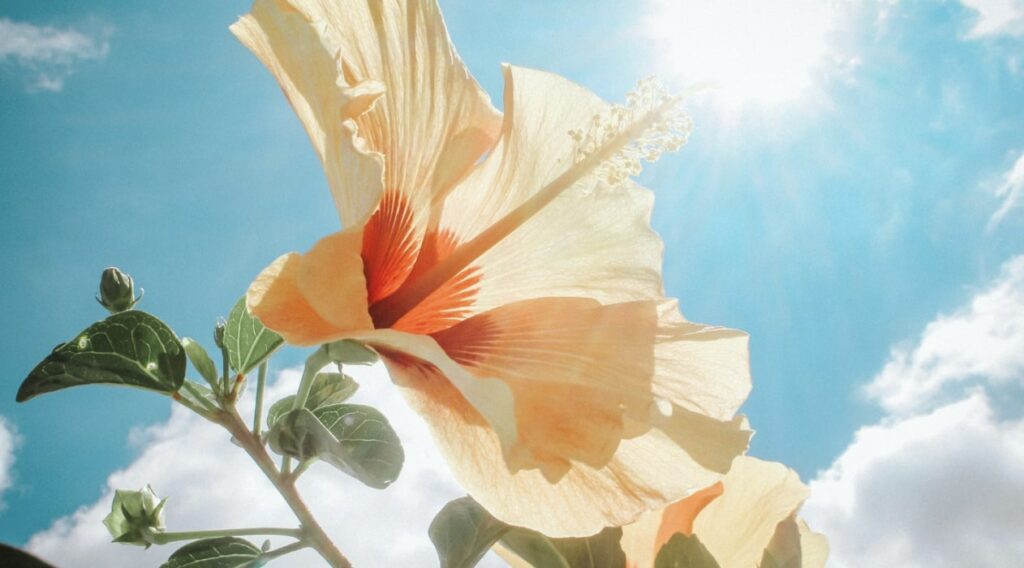

Fresh-cut hibiscus flowers last only a short time, around one to three days. Fortunately, we have some tips for you here to prevent them from prematurely wilting.
When you buy one from a florist, select a hibiscus arrangement with flowers that haven’t yet bloomed for the utmost freshness.
And then, on the day you will hand the bouquet to your special recipient, store it in your fridge for an hour before you go out.
And remember, these flowers don’t need much water. In fact, too much of it can harm them, especially if the weather is already cool.
The only time they would need large amounts of watering is when they’re just starting to bloom. But your florist should have handled that part for you, so you won’t have to worry about it at all.
Find more florists near you
Looking to get hibiscus flowers for a friend or loved one? If you are, check out these lists that feature amazing and friendly florists!



